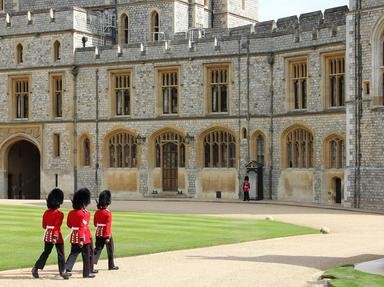When in the summer of 1630 a healthy son was born to the King and Queen of England, it seemed that their happiness was complete.
, wife of
, the first Stuart monarch of that name, had presented him with an heir.
Five years earlier, the King had preferred the companionship of his father's favourite, the dazzling
. His death brought the little Queen into her husband's confidence and favour...unfortunately their first son,
was a weakling, who was born and died in May 1629. Almost a year later, on 29 May 1630, at noon, with Venus, the star of love and fortune shining high over the horizon, the Queen gave birth to a second son, Charles.
The fairy tale element persisted. The boy himself would pass through every vicissitude known to a prince in such stories, but ultimately he would survive them all.
Unlike his father, unlike his grandfather
IV, unlike his great-grandmother
, unlike his great-grandfather
, unlike his brother
and his exiled descendants, Charles would die in his own royal bed. And he would die as the dominating monarch his father, grandfather
and brother all dreamt of being without success. He would die the last absolute King of Great Britain.
As clarification, following the installation of
III and
II as co-monarchs in the 1688 Glorious Revolution, a constitutional monarchy replaced the absolute monarchy, with power shifting to Parliament. The Stuart monarchs since 1603 had referred to the Kingdom of Great Britain, but it was not until 1707, under Queen
that the legal unification of the kingdoms of England (including Wales) and Scotland took place.
